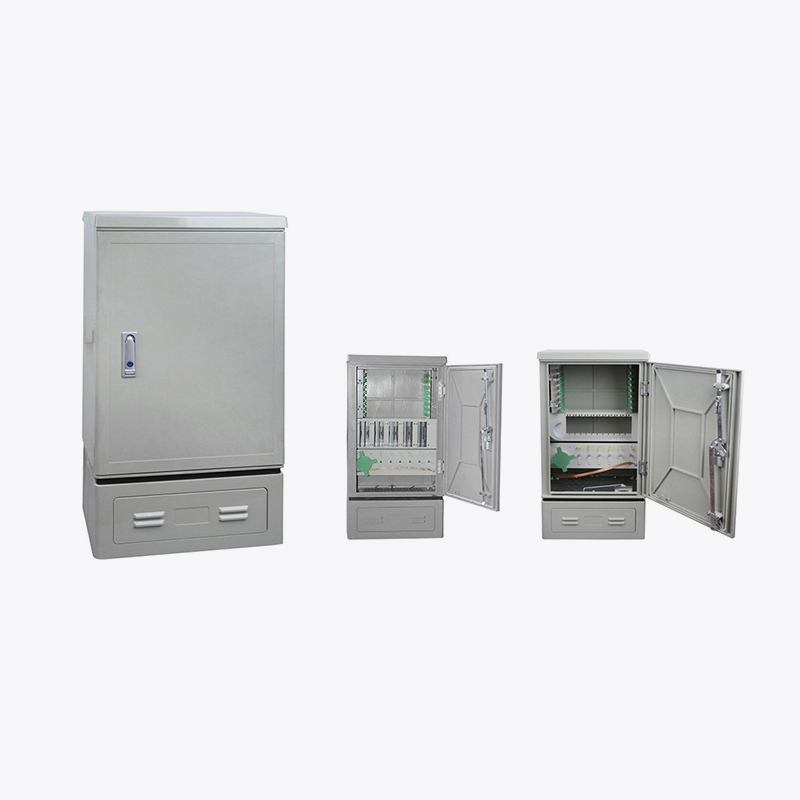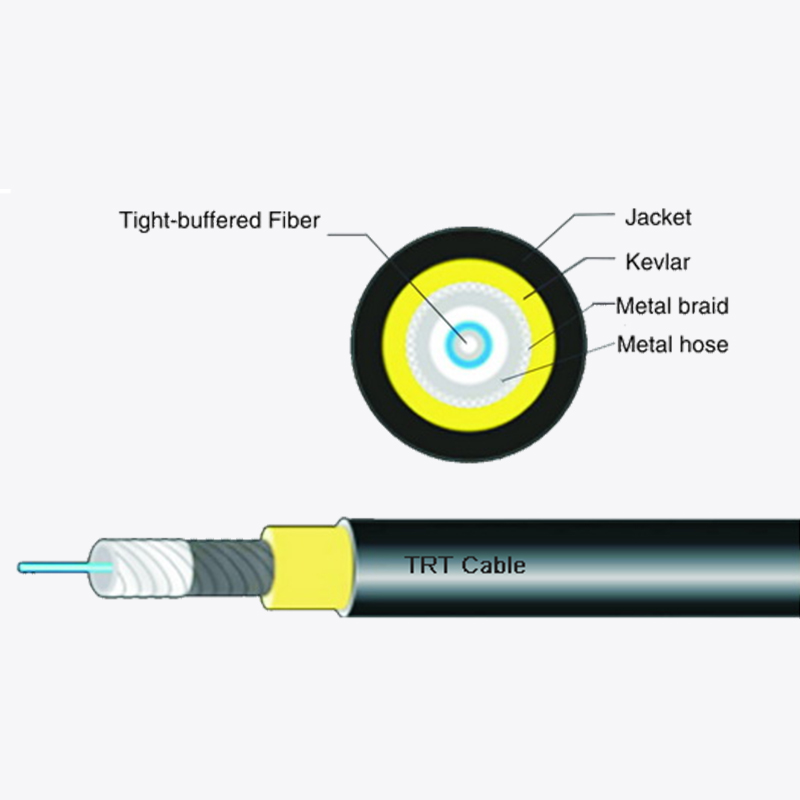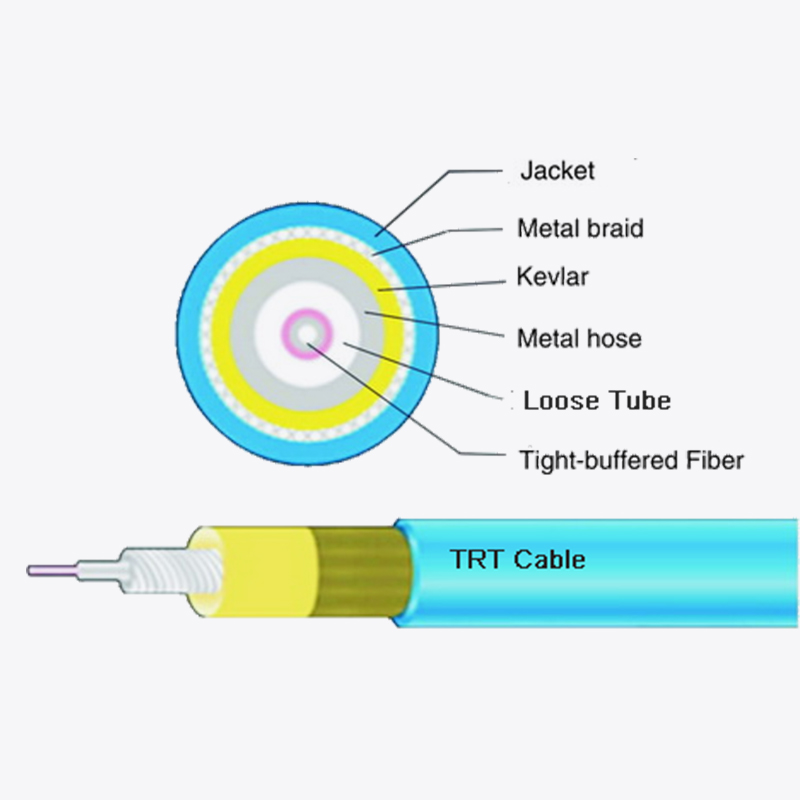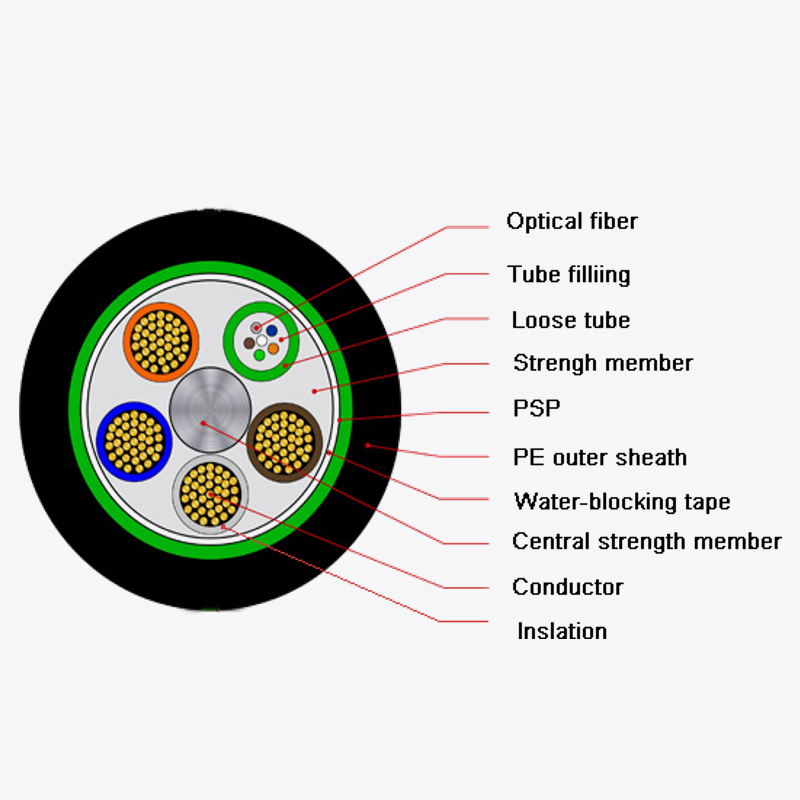Web Menu
Product Search
Exit Menu
How does a fiber optic cross-connect cabinet achieve a balance between high-density cabling and signal integrity?

How does a fiber optic cross-connect cabinet achieve a balance between high-density cabling and signal integrity?
In modern communication network architecture, fiber optic cross-connect cabinets are key infrastructure components. The core design challenge is how to achieve high-density fiber management in a limited space while ensuring the long-term stability and maintainability of signal transmission. The ideal solution is not to simply pursue higher port density, but to find a precise balance between compact layout and optical performance, so that the system can meet current needs and adapt to future upgrades and expansions.
The design of fiber optic cross-connect cabinets first faces the constraints of physical space. With the growing demand for bandwidth in data centers and communication rooms, how to carry more fiber optic connections within the size of a standard cabinet has become a key issue. However, unlike copper cables, the signal quality of optical fibers is extremely sensitive to bending radius and stress. Too small a bending radius can cause optical signals to attenuate or even break, while messy wiring may affect transmission performance due to long-term stress accumulation. Therefore, an excellent design must take into account both space utilization and physical protection of optical fibers, ensuring that each optical fiber meets the minimum bending radius requirements during access, jumpering and storage, while avoiding excessive squeezing or stretching.
The realization of this balance depends on precise internal structural design. The patch cord management system is key. It provides orderly path planning for optical fibers through guide grooves, cable management rings and adjustable brackets to avoid cross-entanglement and accidental bending. The design of the vertical cable management ring is particularly important. It allows the patch cord to extend vertically in the cabinet, which not only reduces the horizontal clutter accumulation, but also ensures that the optical fiber maintains a smooth transition when turning. In addition, the modular adapter panel makes high-density port layout possible, while allowing operation and maintenance personnel to perform separate maintenance or replacement without interfering with adjacent lines. This modular thinking not only improves space utilization, but also enhances the scalability of the system, so that there is no need to completely reconstruct the existing wiring when adding new optical fibers or upgrading equipment in the future.
In addition to the physical layout, the design of the fiber cross-connect cabinet must also consider the convenience of long-term operation and maintenance. The lack of clear identification and reasonable routing planning of patch cord management in a high-density environment will greatly increase the difficulty of troubleshooting. Therefore, excellent cabinet design will integrate labeling systems, color code management, and quickly accessible wiring areas, allowing technicians to quickly locate and operate target optical fibers without searching in a complex cable jungle. This focus on maintainability ensures that high-density cabling does not sacrifice operational efficiency, but can reduce the risk of human error in long-term use.
Going further, the design of fiber cross-connect cabinets must also be oriented towards future network evolution. Current deployments may only need to support 10G or 40G optical modules, but with the advancement of technology, 100G and even higher-speed transmission will become the norm. Therefore, the structural design inside the cabinet must reserve sufficient flexibility to accommodate higher-performance fiber types or connector standards in the future. For example, removable side panels, expandable vertical space, and frames compatible with multiple adapter types can ensure that the cabinet will not be eliminated prematurely due to technological iterations. This forward-looking thinking allows the initial investment to extend its life cycle for a longer period of time, in line with the sustainable development principles of modern communication infrastructure.
 Address:Zhong'an Road, Puzhuang Town, Suzhou City, Jiangsu Prov., China
Address:Zhong'an Road, Puzhuang Town, Suzhou City, Jiangsu Prov., China Phone:+86-189 1350 1815
Phone:+86-189 1350 1815 Tel:+86-512-66392923
Tel:+86-512-66392923 Fax:+86-512-66383830
Fax:+86-512-66383830 Email:[email protected]
Email:[email protected] Wechat: xiaobin18913501815
Wechat: xiaobin18913501815 whatsapp: +86 18913501815
whatsapp: +86 18913501815
 0
0

 English
English русский
русский Español
Español Português
Português عربى
عربى



